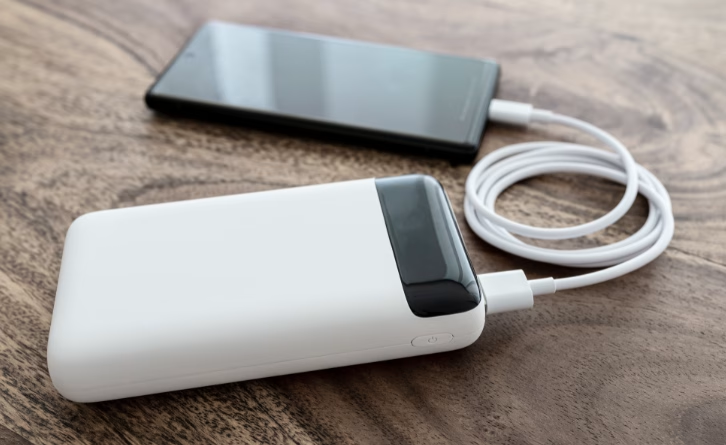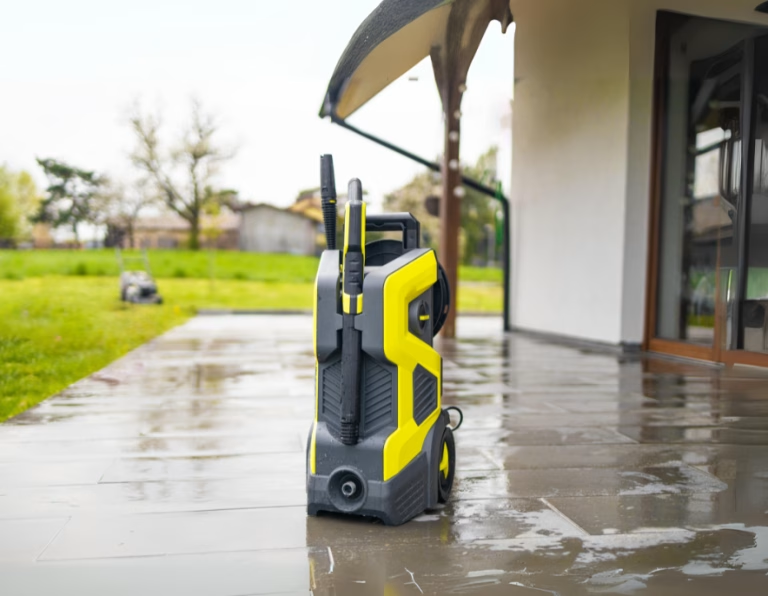Solar panels are a key solution for maximizing energy savings today. With technology advancements and numerous options, selecting the right system can be overwhelming. This guide simplifies the process, offering essential information to help you choose the best solar panel for your needs, reduce electricity bills, and minimize environmental impact. From understanding the different types of panels to evaluating performance and cost effectiveness. We’ll help you make an informed decision that aligns with your energy goals and budget.


1_What Are Solar Panels?

Solar panels are devices that capture sunlight and convert it into energy. Photovoltaic (PV) panels, the technical term for solar panels that create electricity, use highly purified silicon to convert sunlight directly into electrical current. When sunlight strikes the photovoltaic material, electrons are dislodged, generating electricity that can be captured and harnessed. On the other hand, solar thermal panels use sunlight to produce heat for applications such as water and space heating. Each type serves different purposes and is used based on specific energy needs and applications. [6]
They are usually mounted on either a stationary rack or a tracking rack that follows the movement of the sun, and as they have no moving parts, operate silently. The life expectancy of a typical system is 40 to 50 years. They are generally warranted for 20 to 25 years.
2_What is Solar Panels Types?
There are various types designed to harness solar energy in different ways. The most common types are photovoltaic (PV) panels; solar thermal panels and hybrid panels.
2.1_Photovoltaic solar
Monocrystalline solar panels: are made from a single, continuous crystal structure of silicon. They are known for their high efficiency, ranging from 15% to 22%, and typically have a black appearance with rounded edges, however their manufacturing is complex and expensive [1]. These panels offer high performance and a long lifespan of over 25 years, making them a popular choice for residential and commercial installations where space is limited.

Polycrystalline solar panels: are made from multiple silicon crystals melted together. They have a moderate efficiency of 13% to 17% and usually appear blue with a speckled look. While slightly less efficient than monocrystalline panels, they are more affordable and simpler to manufacture. These panels are commonly used in residential and commercial settings where cost is a consideration. [2]

Thin-film solar panels: are created by depositing thin layers of photovoltaic material, such as amorphous silicon, cadmium telluride, or copper indium gallium selenide, onto a substrate. They are less efficient compared to silicon-based panels, typically ranging from 10% to 12%, but they are lightweight, flexible, and can be integrated into various surfaces. These panels are suitable for large-scale installations and applications where flexibility and lightweight materials are advantageous.
2.2_Thermal Solar
A solar thermal system uses panels to collect sunlight and convert it into heat. These panels contain a heat transfer fluid, usually a mixture of water and antifreeze, which absorbs the sun’s energy and becomes hot. The heated fluid is then pumped through a circuit to a heat exchanger, typically located in a storage tank. Here, the heat from the fluid is transferred to the water stored in the tank, providing hot water for domestic use and potentially contributing to space heating. The cooled fluid is then recirculated back to the solar panels to be heated again, creating a continuous cycle of solar energy utilization. [5]
Low-temperature collectors: These solar thermal collectors reach temperatures of up to 50ºC. They are commonly used to supply energy to heating and domestic hot water systems in homes or businesses.
Medium-temperature collectors: These types of collectors work in a similar way, although they have a transparent cover to prevent heat losses. As a result, they are capable of reaching temperatures of up to 90ºC.
High-temperature collectors: These solar have two covers which generate a vacuum, allowing them to operate at temperatures of up to 150ºC .High-temperature collectors are used for electricity generation in thermal power plants.

2.3_Hybrid solar
Hybrid solar panels are capable of transforming sunlight into electricity and heat, increasing the performance of photovoltaic cells by up to 15%. Additionally, these systems can also be combined with other renewable energies, such as wind power, to obtain a greater energy contribution.
3_Solar Panels and the Grid: What You Must Know Before Buying
Grid-Tied Solar System: This is a solar power system that is connected to the public electricity grid. If your solar panels produce more electricity than you use, the excess can be sent back to the grid, often resulting in credits on your electricity bill (a process known as net metering). If your panels don’t produce enough electricity, you can draw additional power from the grid.
Off-Grid Solar System: This is a solar power system that is not connected to the electricity grid. These systems typically require battery storage to ensure that electricity is available when the sun isn’t shining, and they are often used in remote areas where grid access is unavailable.
4_Solar Panel Components for Improved Installation
Inverter: Converts the direct current (DC) generated by solar panels into alternating current (AC), which most home appliances and the electrical grid use.
Charge Controller: Regulates the voltage and current from the solar panels to the battery bank, prevents overcharging, and extends battery life.
Battery Storage: Stores excess energy generated by the solar panels for use when sunlight isn’t available, such as at night or during cloudy periods
Combiner Box: Combines the output of multiple solar panels into a single output before reaching the inverter, simplifying wiring and improving efficiency.
Solar Meter: Measures the electricity generated by the solar panels and often tracks energy consumption or export to the grid.
Disconnect Switch: Allows for the safe disconnection of the solar panel system from the electrical system for maintenance or emergency purposes.
Mounting System: Secures the solar panels to the roof or ground, ensuring proper positioning and stability
Electrical Wiring and Connectors: Facilitate the safe and efficient transfer of electricity between the solar panels, inverter, battery storage, and other system components.
5_Should I Invest in Solar Panels?
With rising energy costs and environmental concerns, solar panels are an attractive option.We’ll highlight the key benefits to help you decide if it’s the right investment for your home.[4]
Reduce Your Household Electricity Bills:
By generating your own electricity from solar panels, you can significantly lower your monthly electricity bills. they reduces the amount of electricity you need to buy from your utility provider, often leading to substantial savings.
Reduce the Cost of Charging an Electric Vehicle:
If you own an electric vehicle (EV), using solar power to charge it can further decrease your transportation costs. Solar energy can be used to charge your EV at home, reducing your reliance on public charging stations that may have higher costs.
Help Reduce the Cost of Getting Off Gas (and Eliminate Gas Bills Altogether):
Rooftop solar can complement other energy-saving technologies like heat pumps, which can replace gas heating systems. By using solar power for heating and cooling, you can potentially eliminate gas bills entirely.
Significantly Reduce Your Household Greenhouse Gas Emissions:
Solar energy is a clean and renewable source of power that produces no greenhouse gases. By switching to solar power, you decrease your carbon footprint and contribute to a reduction in overall greenhouse gas emissions, supporting environmental sustainability.
6_How to Buy Solar Panels: Critical Steps for a Successful Investment
Determine Electricity Usage: The more electricity you use, the bigger the solar system you need. On your electricity bill, look for your ‘average daily use’ in kilowatt-hours (kWh). This is the total amount of electricity used divided by the number of days in the billing period (which is often 90 days). [3] If you plan to use solar panels to also generate heat, consider that your energy needs will include both electricity and heating requirements. Ensure your solar system is sized accordingly to accommodate these additional energy demands.
The average daily usage for your home or business is probably different in summer and winter.
Research Solar Panel Types: As we explained in the article, you’ll need to choose between different types of solar panels Photovoltaic (monocrystalline, polycrystalline, or thin-film) / Thermal or Hybrid based on efficiency and cost. Each type has distinct advantages, so consider which best meets your needs and budget.
Check for Incentives and Rebates: Explore available financial incentives to reduce the overall cost of your solar panel system.
7_How to Install Solar Panels? Do it yourself
Thinking about going solar? Installing solar panels yourself can be a cost-effective way to power your home with clean energy. As a recommendation, watch the video below for a step-by-step guide to get started on your DIY solar project.
8_Recommended Maintenance Steps for Your Solar Panels
The maintenance of solar panels and regular cleaning to remove the accumulated dirt or debris are the best option to extend their useful life. To make sure you have no doubts about what tools to use and in what order you should do it, let’s see how to clean solar panels step by step. [7]

Visual Inspection: Before starting, perform a visual inspection of the solar panels to identify possible damages like cracks, breaks, or loose connections. If you find any issues, contact a professional to conduct the necessary checks and repairs.
Cleaning: Clean the panels during the early hours of the morning when they are cooler. Avoid cleaning them when they are warm or exposed to direct sunlight, as the combination of heat and cold water can cause thermal stress and damage the equipment. Also, avoid cleaning on windy, rainy, or snowy days.
Dry the Panels: Allow the solar panels to air-dry or use soft cloths. Ensure no water residue remains, as it may affect the panels’ efficiency.
Monitoring: Regularly check and record your solar panels’ performance. Track cleaning dates, system performance, and any issues to keep your solar installation in optimal condition.





